A Mule is the product of breeding a male donkey with a female horse. The product of breeding a male horse with a female donkey (just the opposite) is known as a “hinny.”
Because genetic research shows us that the donkey and the horse are separate species, their offspring, the Mule, is a genetic hybrid. Read on to learn about the Mule.
Description of the Mule
Just like you might expect, this hybrid looks like a mixture between a donkey and a horse. Its body is slightly stouter than an average horse, but leaner than a donkey. Its ears are also slightly longer than those of a horse, but shorter than those of a donkey.
These creatures typically stand just over 4 ft. tall and weigh about 800 lbs. or so. However, miniature varieties sometimes weigh as little as 50 lbs.
Interesting Facts About the Mule
Mules are quite interesting creatures. Learn more about their unique traits and why humans breed them below.
- Why Mules? – Humans have donkeys, and they have horses, so why breed the two? These creatures combine the best of both worlds in their various abilities and traits.
- Behavior – While most people perceive donkeys as stubborn, Mules have all the strength but none of the stubbornness of their fathers. Conversely, they are hardier than their horse mothers.
- Appetite – One major benefit to owning a donkey is that they require much less food than a horse does. The hybrid version also retains this feature, but loses much of the downside of owning a donkey.
- Infertility – The vast majority of these hybrids cannot breed and produce a viable offspring, which makes them infertile. Because their parents have a different number of chromosomes, in most cases their offspring’s chromosomes cannot match up correctly to develop an embryo.
Habitat of the Mule
Because they are purely a product of human creation, these creatures do not have a natural habitat. However, people keep them in a variety of different habitats. You can find them in farms, pastures, grasslands, and other agricultural areas.
People can and have used these large mammals in a variety of different regions outside of agricultural use as well. We have utilized these hybrids in mountainous regions, deserts, and other arid regions, and more.
Distribution of the Mule
As is the case with their habitat, these creatures have no natural distribution because no wild populations ever existed. Humans have taken over distribution of this animal, and this has resulted in their spread across the globe. You can find this mammal in China, North America, Central America, South America, Eurasia, Australasia, and more.
Diet of the Mule
Like both their parents, these hoofed mammals are herbivorous. This means that they feed primarily on plants. They eat a variety of different grasses and some small shrubs.
They usually graze throughout the entire day. People also feed them commercially produced pelleted food or grain, but they do not need as much food as a horse of the same size.
Mule and Human Interaction
This animal exists only through human interaction. People produce these large mammals by breeding a male donkey with a female horse. Virtually the entire population exists only in human care simply because they cannot breed to produce viable feral populations. Humans keep these animals across the globe.
Domestication
Humans did not need to domesticate these creatures. People produce them by breeding two animals that they have already domesticated. Because of this, humans did not have to domesticate the hybrid.
Does the Mule Make a Good Pet
For the right person, this animal can make a great pet. However, you have to have plenty of space for it to live, and the money to properly care for its need. For example, food, veterinary bills, hoof care, and tooth care all cost more money than you would pay for a “typical” pet.
Mule Care
You care for a Mule in much the same way you care for a horse or a donkey. You must provide it with at least an acre or two of land to graze on. If the land does not have grass for them to eat you need to give them additional hay and pelleted feed.
Though these creatures do not eat quite as much as a horse does, they still eat more than a donkey! Additionally, you must provide any animal with fresh water at all times.
Behavior of the Mule
Humans continue breeding these animals because their behavior is the perfect mixture between horses and donkeys. They usually have a solid temperament, are reliable animals, and are not easily fazed While many horses are flighty and impatient, Mules are usually much more patient and steady. When they aren’t working, you can typically find them grazing or resting.
Reproduction of the Mule
The vast majority of Mules cannot reproduce successfully.

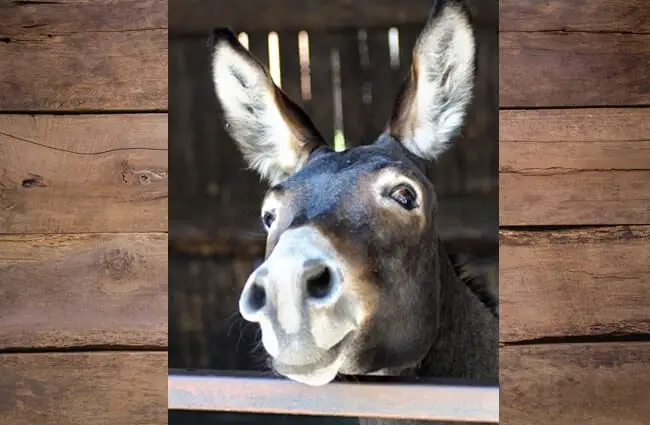

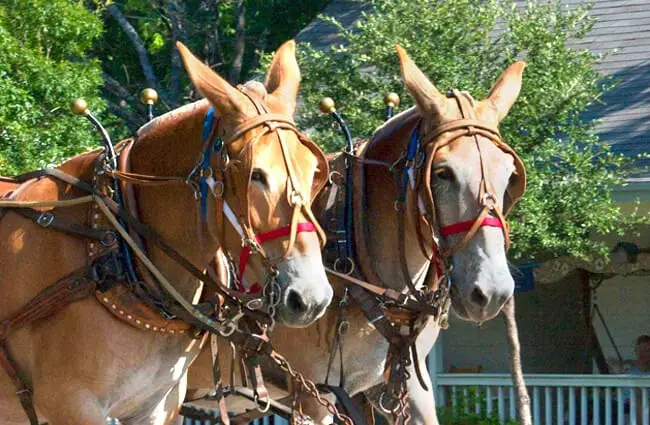
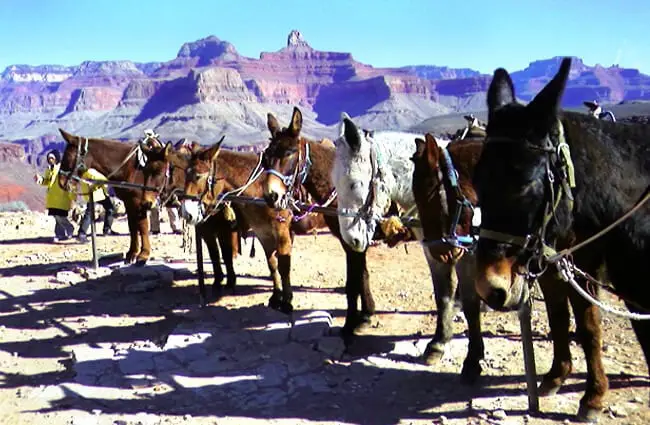

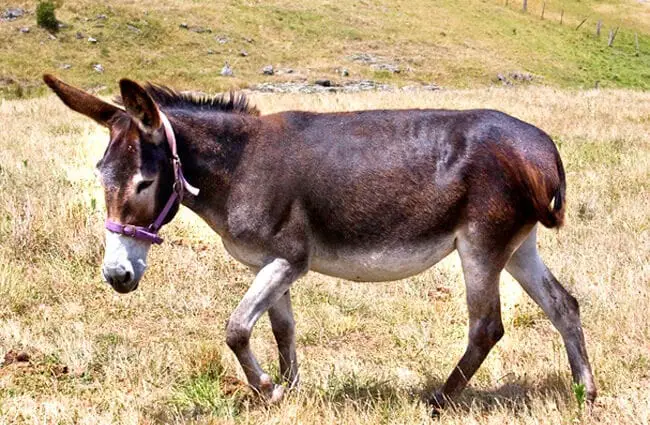

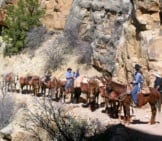
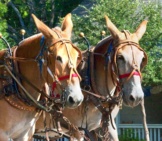

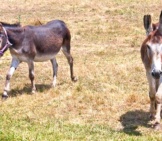
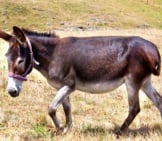
![Red Angus Closeup of a beautiful Red Angus cowPhoto by: U.S. Department of Agriculture [pubic domain]https://creativecommons.org/licenses/by/2.0/](https://animals.net/wp-content/uploads/2020/03/Red-Angus-4-238x178.jpg)












![Red Angus Closeup of a beautiful Red Angus cowPhoto by: U.S. Department of Agriculture [pubic domain]https://creativecommons.org/licenses/by/2.0/](https://animals.net/wp-content/uploads/2020/03/Red-Angus-4-100x75.jpg)

